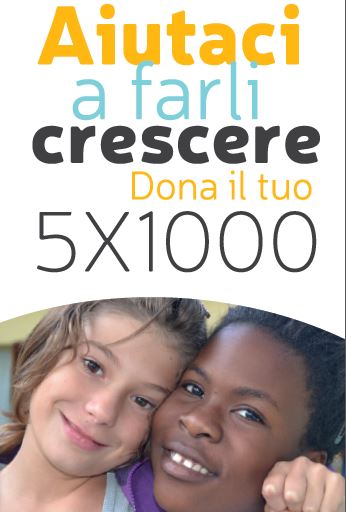
Bilingualism project
“Our children will have a life span much longer than ours and in a more cosmopolitan world so it’s necessary to give them instruments to help put them at ease in their relationships with others.”
Elisabeth Deshays: ”How to promote bilinguism in children”
One of these instruments is the English language.
At the Tick Tack Kids nursery the children are able to “play” everyday and for the whole of the year with the English language: from the morning welcoming song “Hello, what’s your name?“ to the everyday actions such as “Let’s go and eat some fruit now!” and ”Now children, let’s make a train and join our friends!”, passing through workshops and the activities proposed during each day at the nursery.
The presence of educators/teachers of English allows the Tick Tack kids to have a daily experience of a foreign language playing and amusing themselves thanks to stories, songs and games: in this way they learn English in a natural, gradual way through the use of everyday gestures.
How we propose the English language in Tick Tack Kids
In the nursery we aim to sensibilise the children to the English language through a continuous hearing until they acquire familiarity with the pronunciation, which will, in the future, favour a predisposition to study the English language. The principal capability of the child we wish to promote is the comprehension of the language and the learning of words, that will be, in their turn, the basis for the ability to communicate in the successive educational levels.
The method of teaching the English language
At the Tick Tack Kids nursery a range of different techniques and forms of working are used centered on the child (learner centered) from which the teacher chooses from time to time the one considered most suitable.
The natural method: Guarantees the child the maximum contact with the foreign language and highlights the listening and understanding of information addressed to the child.
The direct method: is based on the use of the foreign language at the cost of reducing or even completely eliminating the child’s mother tongue. Thanks to this method the children are surrounded by the foreign language and they can get to know the world directly in the new language.
The TPR method (Total Physical Response): The principal characteristic of TPR is to link the language to be learned to the movement, the actions and body movements. This method is very useful for the child since it satisfies their natural need for movement.
Which information can be proposed to the children in a playful way?
Themes, situations, vocabulary: The animals, my family; the colours, the nature, the parts of the body, the emotions, the moods.
Grammatical categories: nouns, verbs, adjectives, pronouns, prepositions, articles, conjunctions.
Situations and means of communicating: to say hello, to introduce oneself, to say thank you, to ask questions, to answer questions, to express emotions and sentiments, to act, to propose.




